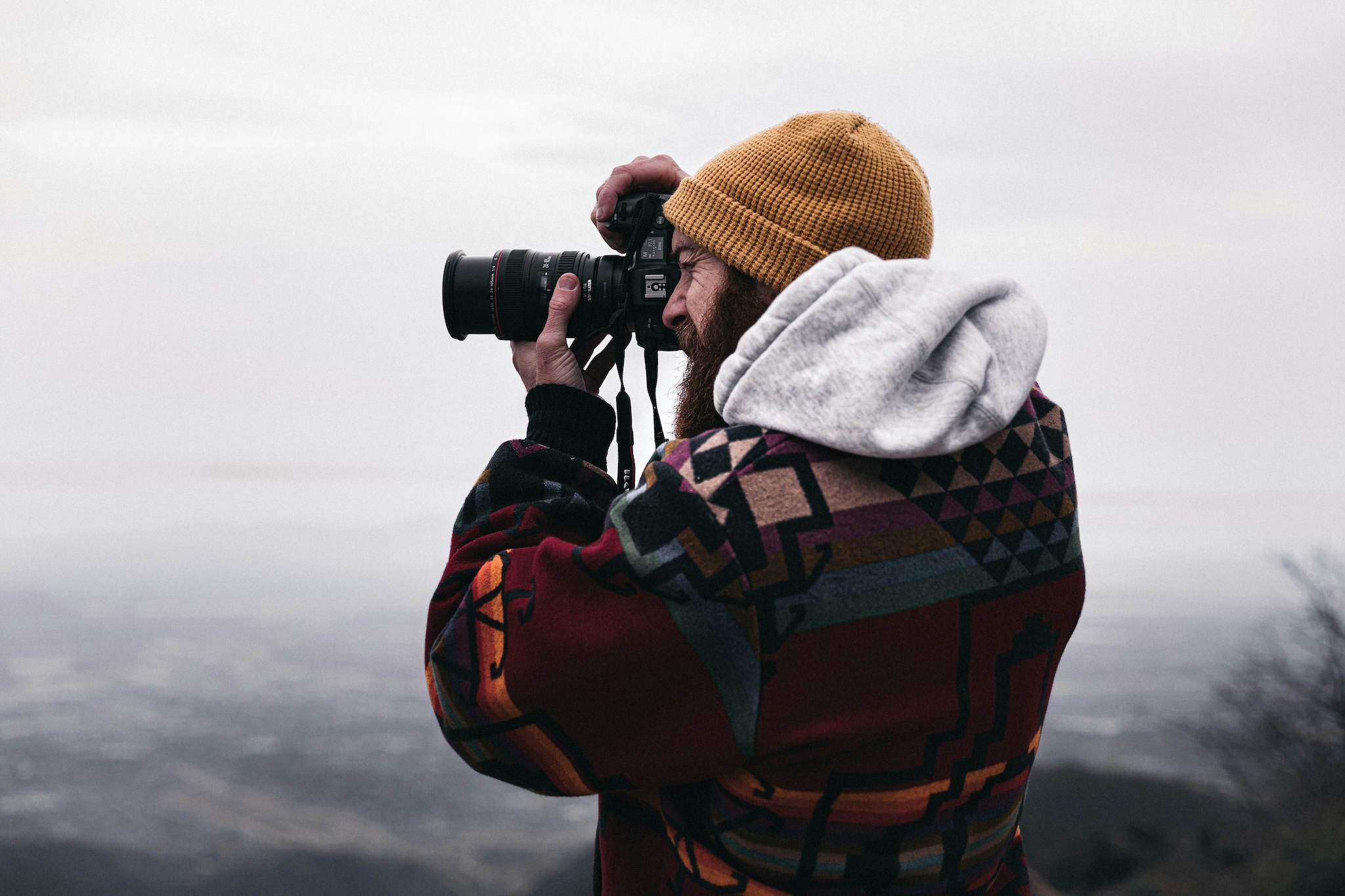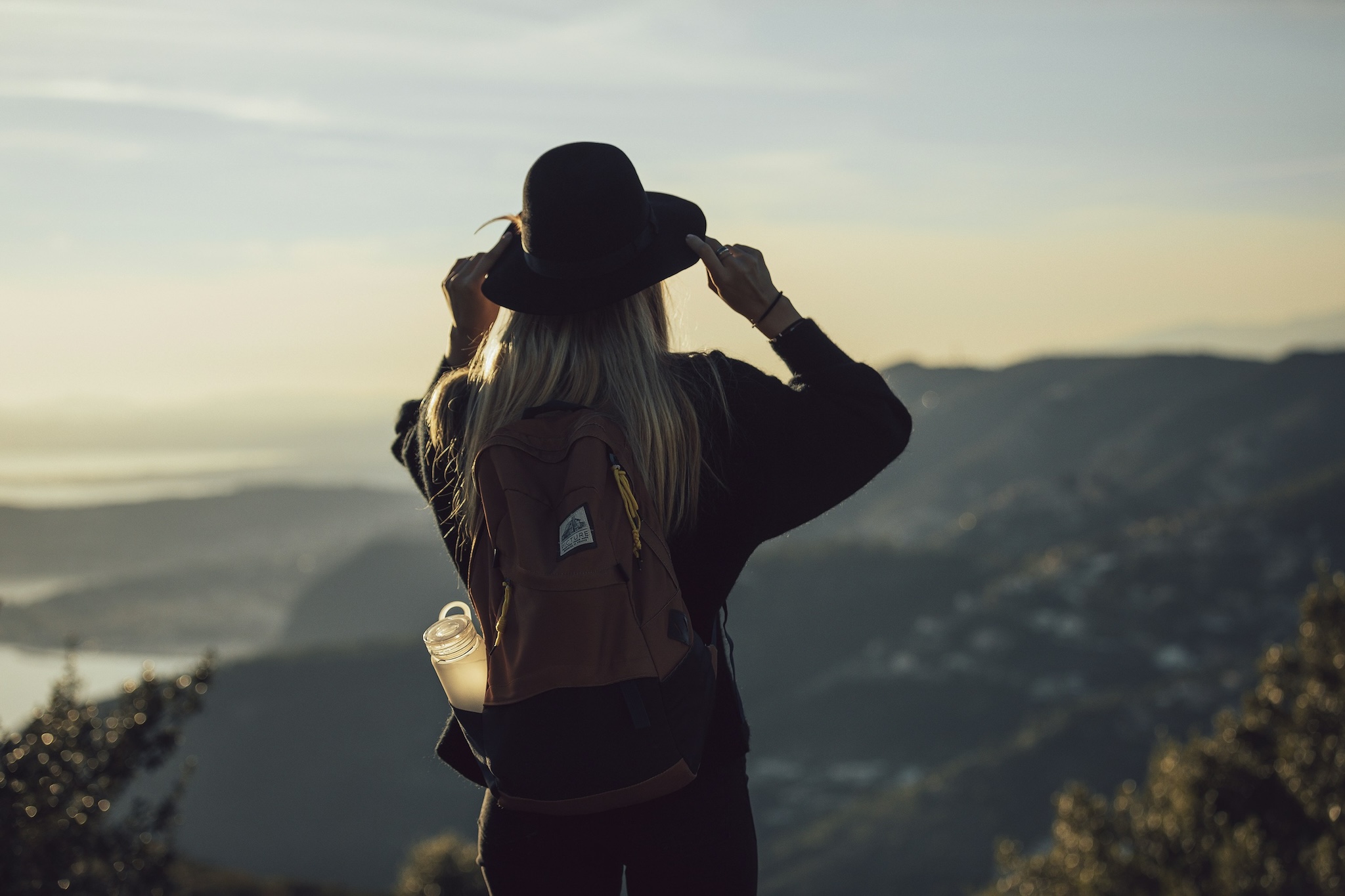In an age where visual storytelling dominates our digital lives, travel photography has evolved from simple vacation snapshots to a powerful medium for self-expression and memory preservation. Beyond documenting places visited, thoughtful travel photography captures emotions, cultural nuances, and personal discoveries that define your journey. Whether you're using a professional camera or the latest smartphone, developing your photographic eye and technical skills can transform ordinary travel images into compelling visual stories that transport viewers (including your future self) back to those meaningful moments.
See Beyond the Obvious: Finding Fresh Perspectives
The most compelling travel photographs often avoid clichéd compositions of famous landmarks in favor of unique perspectives that reveal something personal or unexpected. While it's natural to want a photo of iconic sites, challenge yourself to find angles, details, or contexts that haven't appeared on thousands of postcards. This might mean photographing the reflection of the Eiffel Tower in a rain puddle rather than another straightforward shot of the tower itself, or focusing on the weathered hands of a local artisan instead of just their finished products.
Develop the habit of looking up, down, and behind you regularly while exploring. Many photographers miss interesting architectural details above street level or textural elements at their feet because they're focused straight ahead. Consider how changing your physical position (kneeling, climbing to a higher vantage point, or moving significantly closer or farther from your subject) can transform an ordinary scene into something visually distinctive.
Master the Light: Photography's Essential Element
Understanding light is perhaps the most transformative skill in travel photography. The quality, direction, and color of light dramatically affects the mood and impact of your images. The golden hours (roughly the first hour after sunrise and the last hour before sunset) offer warm, directional light that adds dimension and atmosphere to nearly any subject. During these periods, even ordinary streets, buildings, and landscapes take on a magical quality that standard midday lighting rarely provides.
When midday shooting is unavoidable, look for open shade to photograph people without harsh shadows, or focus on subjects where bright, contrasty light enhances rather than detracts, like colorful market scenes or architectural abstracts. In challenging lighting situations, consider silhouettes, shadows, or creative use of available artificial light. Many destinations have distinctive lighting characteristics (the crystalline brightness of mountain regions, the soft diffusion of misty forests, the dramatic contrasts of desert landscapes) that become part of their visual identity when properly captured.
Embrace the Human Element: People and Culture
While landscape and architectural photography can produce stunning images, incorporating the human element often creates more emotionally resonant travel photographs. This doesn't always require direct portraits (sometimes human presence is most effectively shown through evidence of activity, like laundry hanging between buildings in an Italian village or prayer flags fluttering outside a Himalayan monastery). These elements add scale, context, and cultural significance to your compositions.
When photographing people directly, approach the process with respect and cultural awareness. In many situations, establishing a connection before taking photos creates more authentic results. Even with a language barrier, a smile, gestures indicating your camera, and respectful attention to the response can create positive interactions. When appropriate, show people the images you've taken; this simple act of sharing often changes the dynamic from extraction to exchange.
For group travel, Plan Harmony's photo sharing features make it easy to compile diverse perspectives from everyone's cameras, creating a more complete visual narrative of your shared experiences. Each photographer in your group will notice and capture different moments, resulting in a richer collective memory of your journey together.
Develop a Visual Narrative: Beyond Single Images
The most satisfying travel photography tells a story that unfolds across multiple images. Rather than treating each photograph as an isolated creation, think about how your images work together to communicate the essence of a place or experience. This approach might include establishing shots that show the broader context, detail shots that highlight distinctive elements, portraits that reveal local character, and action shots that capture movement and energy.
Consider creating visual themes that connect your images across different destinations: recurring colors, shapes, textures, or subjects that reveal your personal way of seeing the world. Perhaps you're drawn to doorways, local transportation, street food vendors, or the interaction of natural and built environments. These themes emerge organically when you photograph what genuinely interests you, and they create a distinctive signature in your travel imagery over time.
Balance Technical Quality with Authentic Moments
While technical excellence enhances travel photography, prioritize capturing authentic moments over perfect execution. A slightly imperfect image that conveys genuine emotion or a fleeting, unrepeatable moment generally holds more lasting value than a technically flawless but emotionally empty photograph. Develop your technical skills so they serve your vision rather than limiting your creative impulses or causing you to miss spontaneous opportunities.
For technically challenging situations, like low light or fast action, understand your equipment's capabilities and limitations. Learn to adjust settings quickly so technical considerations don't create barriers between you and meaningful moments. If using a smartphone, explore its specific features and limitations; many now offer remarkable capabilities when used thoughtfully, including night modes, portrait effects, and computational photography that can produce impressive results in challenging conditions.
Present and Preserve Your Visual Memories
The final stage of travel photography involves thoughtful curation and presentation of your images. Rather than sharing everything you've captured, select photographs that best communicate the essence of your experience. For digital sharing, consider creating themed collections or visual narratives rather than overwhelming viewers with hundreds of unrelated images. For personal preservation, consider creating physical prints or books of your most meaningful photographs: these tangible objects often provide more lasting satisfaction than images that exist solely in digital form.
Use Plan Harmony's collaboration tools to organize group photo collections after your journey, making it easy for everyone to access and enjoy the complete visual story of your shared adventures. These curated collections become valuable resources for reminiscing and planning future journeys based on your most meaningful past experiences.
Thoughtful travel photography enriches your journey in the moment and creates a visual legacy that keeps your experiences vivid long after you've returned home. By developing your unique way of seeing, understanding the technical elements that enhance visual storytelling, and approaching photography as a form of connection rather than mere documentation, you'll create images that transcend ordinary snapshots. Start planning your next photographic adventure with Plan Harmony and discover how our collaborative tools can help you and your travel companions capture and share the visual story of your journey together.




